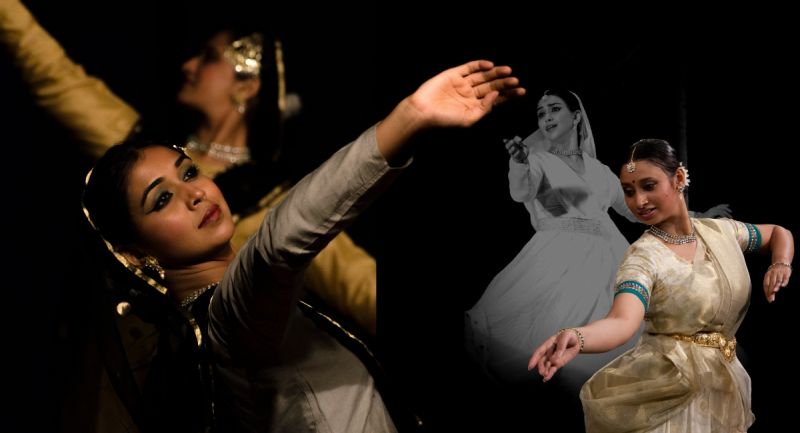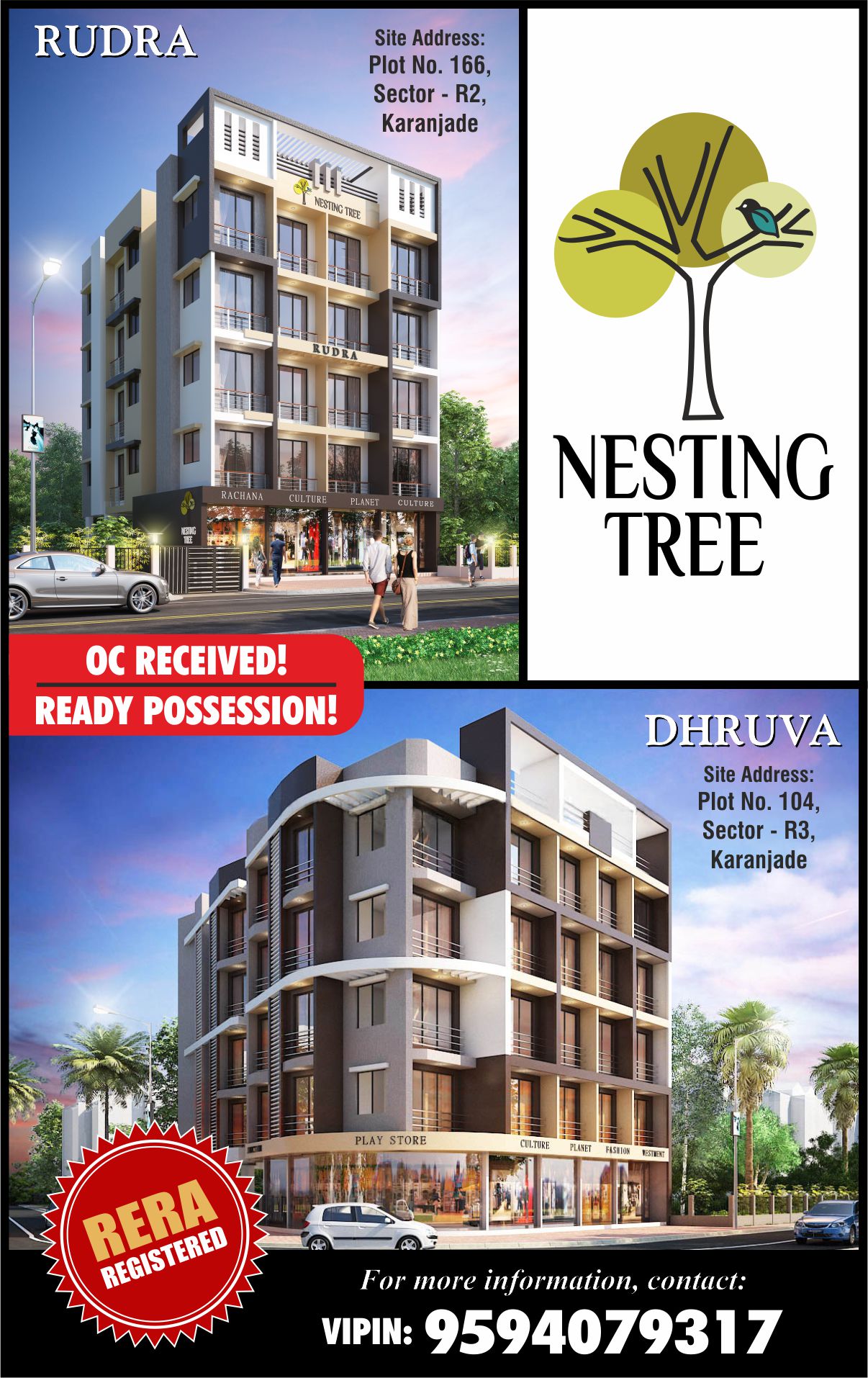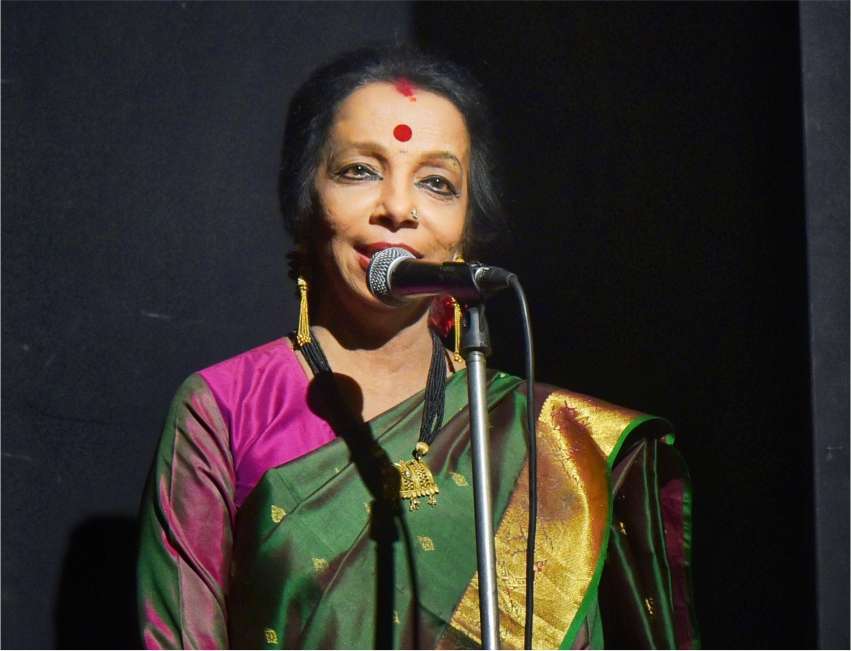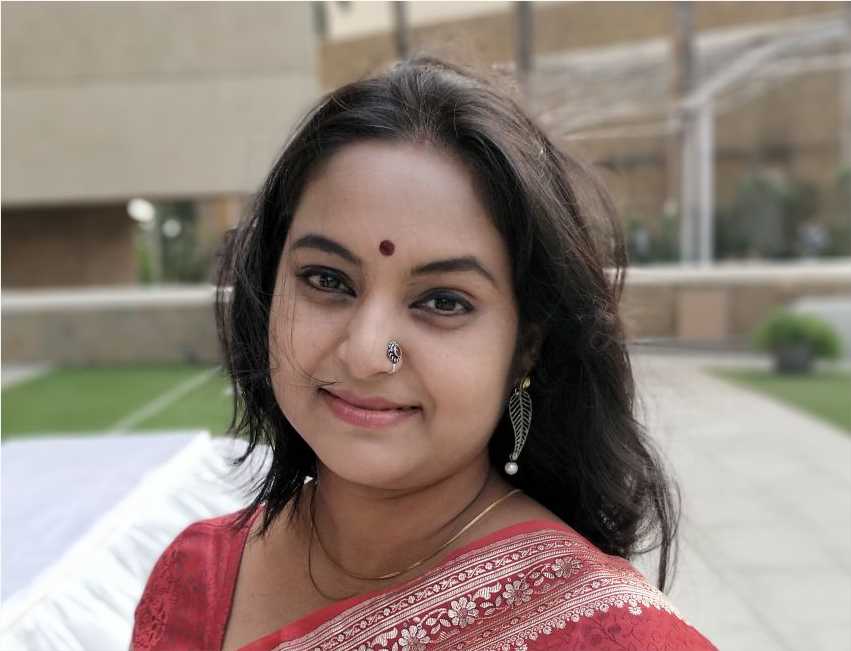Beej: A bridge for Traditional and Contemporary Dance

- Sandip Soparrkar
- 15 May, 2025
Sanjukta Wagh is an artist who believes that a dancer can become an artist and a performer only if they fully immerse themselves in the art.
Wagh, an accomplished Kathak dancer, has established Beej to create a space where diverse artistic practices can unite, fostering cross-disciplinary investigation and collaboration.
Excerpts of an interview with Sanjukta Wagh.
Tell us about your background and qualifications?
My journey in dance has been both extensive and interdisciplinary. I co-founded an initiative called Beej in Mumbai, which focuses on exploring the creative process, improvisation, and alternative methods of classical dance pedagogy.
I trained extensively in Kathak under Rajashree Shirke and in Hindustani Music with Pandit Murli Manohar Shukla. My experience also includes work with theatre under Chetan Datar and Navarasa Sadhana training with G Venu.
Additionally, I spent a year at the Trinity Laban School of Dance in London and recently trained in the BARPS method of asana with Navtej Johar. My diverse experiences have led me to develop a unique language of dance theatre that combines Kathak with contemporary dance, theatre, literature, and Hindustani music. I also compose original music and sound scores for my works. Over the years, my choreographies and dance-theatre productions have earned critical acclaim both in India and internationally.
Please share about the foundation and vision of Beej?
Beej is an interdisciplinary initiative that I co-founded in 2005 with Neha Kudchadkar and Pranali Kakade. Our core vision is to engage deeply with contemporary expressions in performing arts through rigorous practice and innovative approaches. We are rooted in the language and traditions of Kathak and Hindustani classical music but seek to push the boundaries of these forms by exploring new storytelling possibilities through the body, sound, and space.
Tell us about some key initiatives hosted by Beej?
One of our key initiatives is Beej Garage. Through this platform, we curate talks, workshops, and seminars that provide multiple perspectives on making and receiving art. For instance, our past events have featured prominent artists like Astad Deboo, Mallika Sarabhai, and Anita Ratnam, among others.
Tell me more about "Parallel Journey"?
"Parallel Journeys" is an exciting event within the Beej Garage series. It’s a comparative exploration of artistic practices, focusing on how different paths can intersect and inform each other. This session features Pallabi Chakravorty, who will discuss her dual roles as a dancer and anthropologist. By presenting this dialogue, we hope to provide a deeper understanding of the socio-cultural histories of dance in the Indian subcontinent and inspire new ways of thinking about artistic practice.
What are your future plans?
Looking ahead, we plan to continue expanding our initiatives, particularly through Beej garage. We aim to develop lecture series for dance students, host more collaborative workshops, and invite a diverse range of artists and academics to contribute. Our goal is to create a vibrant space for dialogue and exploration that brings together classical and contemporary dancers, art makers, historians, and curious audiences.



